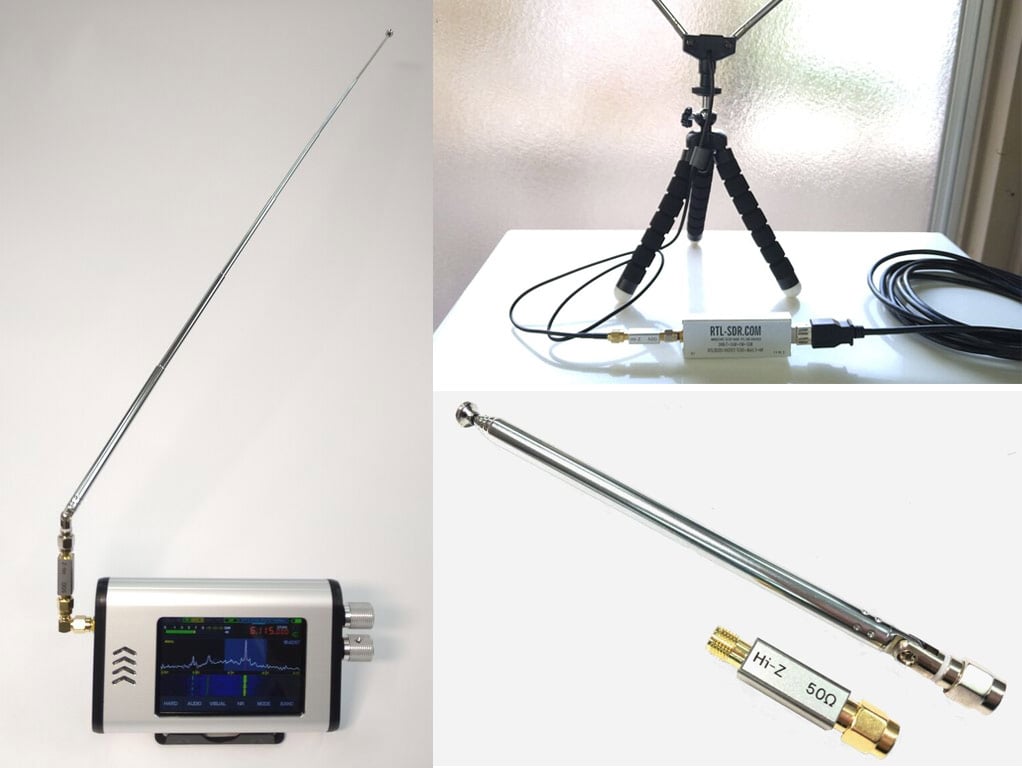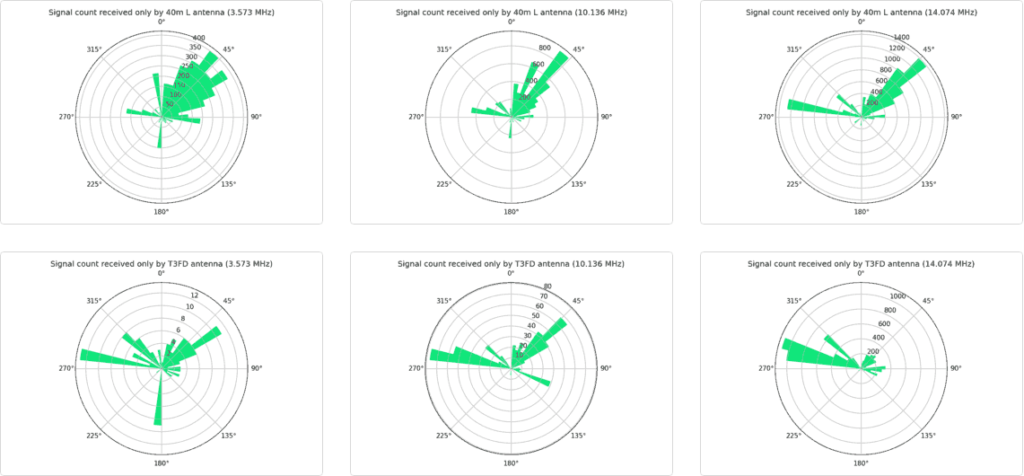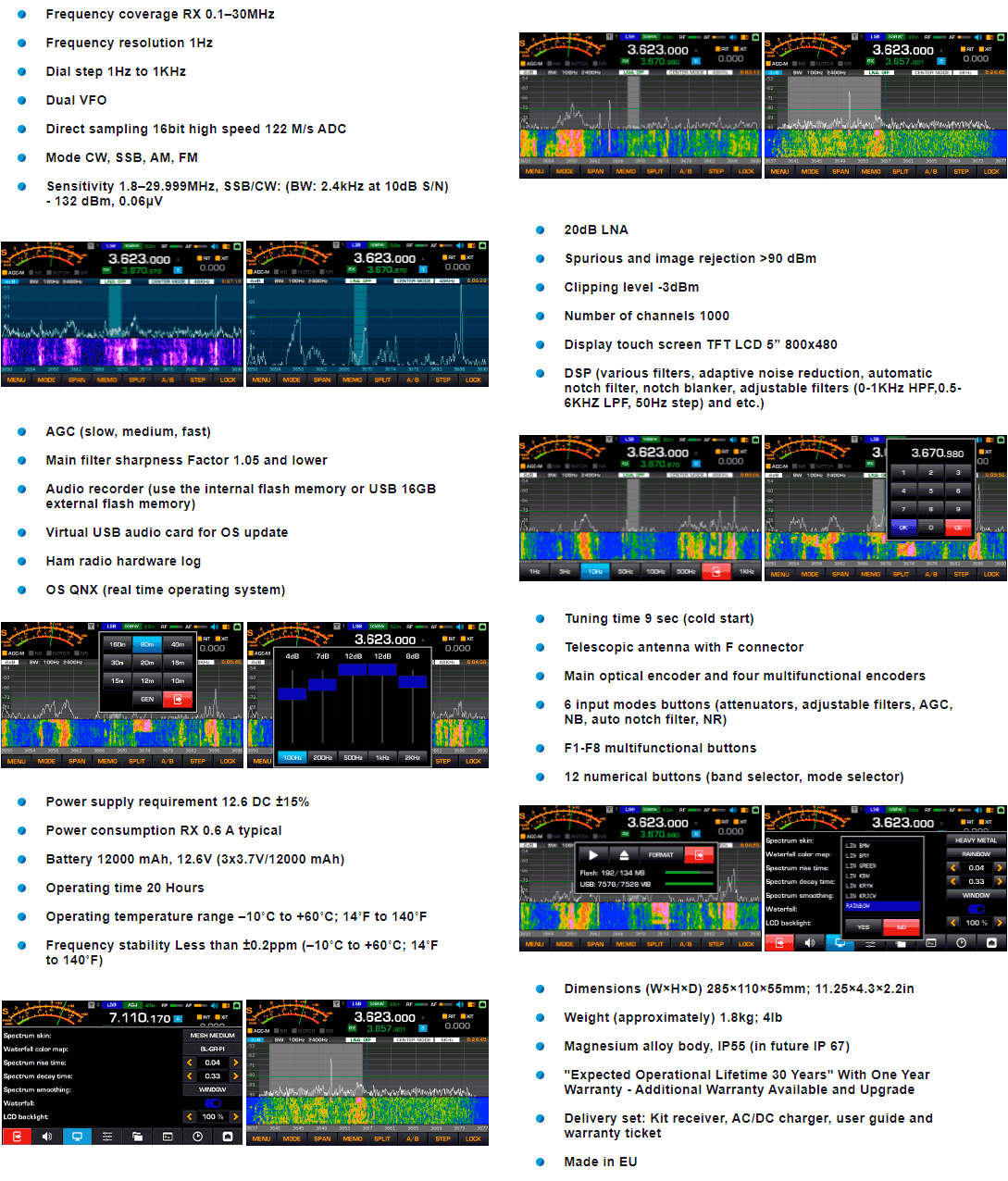A Hi-Z to 50 Ohm Impedance Matching Transformer for Improving HF/SW Reception
Thank you to Mitsunobu for writing in and sharing news about the release of his new product which is a Hi-Z (high impedance) to 50 Ohm matching transformer. This transformer allows you to use small antennas such as short telescopic whips for HF/SW reception on software defined radios.
Generally for HF reception you would want to use a full sized antenna, which can be many meters long and certainly not portable. However, by using an high impedance transformer it becomes possible to use smaller portable antennas. Reception with a small antenna and transformer will still be suboptimal compared to a full sized HF antenna, however, if the signals are strong enough the transformer will allow you to receive them decently.
In the tests shown on his blog (in Japanese, use Google Translate) he shows how the transformer adapter can be connected to a small telescopic whip and Malachite DSP SDR for portable use. Later he also shows how the adapter can make our Dipole Kit antenna work well for HF on a RTL-SDR Blog V3 with direct sampling.
The product is only available via Amazon in Japan. However, Mitsunobu notes that Amazon.jp offers international shipping. He offers the transformer by itself, and a version including a short telescopic whip antenna.



